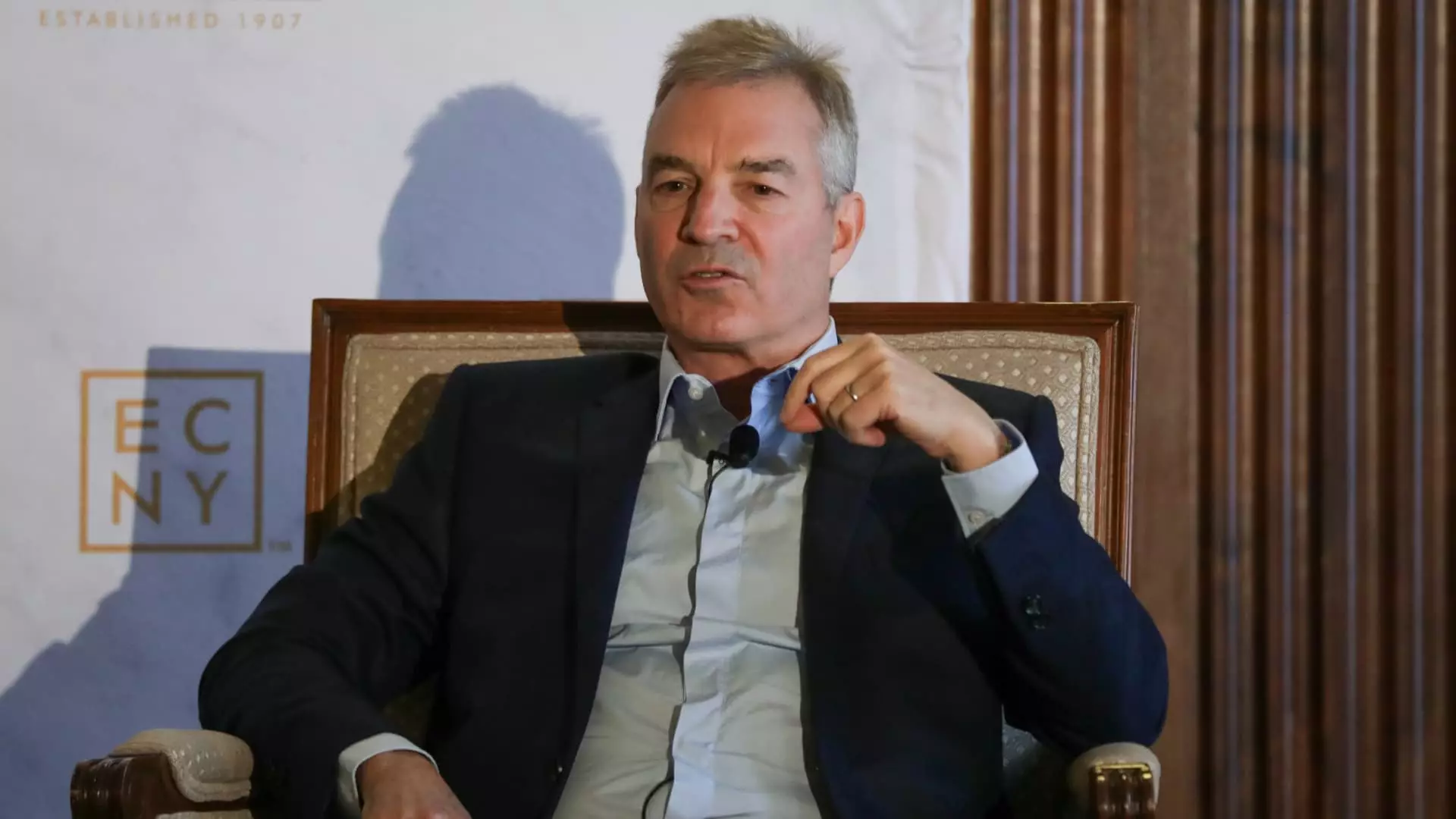As Daniel Loeb celebrates the 30th anniversary of his hedge fund, Third Point, he finds himself at a crossroads where ambition meets opportunity in one of the most promising yet volatile landscapes: artificial intelligence (AI). Loeb’s insightful assessment of this evolving technology casts a spotlight on the duality of risk and reward. The powerful sentiment that investors must either adapt to thrive or become “AI roadkill” isn’t just a catchy phrase; it’s an urgent call to action in an era defined by rapid technological advancement.
Loeb’s approach is centered around a fundamental belief: to embrace change, one must remain agile. Traditional investing strategies are being upended as AI reshapes industries—everything from finance to manufacturing. In this context, one could argue that Loeb’s perspective isn’t just forward-thinking; it’s essential for survival. As AI continues to make inroads across various sectors, inaction may lead to missed opportunities and obsolescence.
The AI Gold Rush: A Risk-Taking Frontier
Over the past two years, the fever for AI-related investments has engulfed Wall Street, drawing participants from all corners of the financial world. Loeb’s confidence in AI signifies not just a personal endorsement of the technology but an assertion that it represents a new paradigm for investing. Assessing the trajectory of companies like Nvidia, Microsoft, and Amazon, Loeb identifies those that have fortified their market positions through innovative adaptations.
However, there lies an inherent risk in the acceleration of this trend. Many investors are blindly chasing the allure of AI without a comprehensive understanding of its long-term implications. Loeb’s strategy offers a more nuanced perspective: investing in companies that harness AI effectively while maintaining sound fundamentals is crucial. This strategic pivot symbolizes an important lesson in the capital markets: not every hot trend results in profitability; discernment will dictate which entities emerge victorious.
The Divergence Between Winners and Losers
As Third Point ventures deeper into AI, Loeb emphasizes the importance of quality and valuation. His shift toward a heavier allocation in AI stocks is not a mere reactionary measure; it’s a calculated move that reflects a broader understanding of economic cycles and consumer behavior. According to Loeb, an anticipated return to more predictable economic growth, despite the current uncertainties, will favor exceptional companies that can capitalize on the AI trend.
Yet, the landscape is rife with choices that could betray naive investors. When reflecting on the cyclical nature of markets, Loeb acknowledges that not all investments will weather the storm. Those who cling to outdated business models will inevitably falter. In this light, his investment in companies like U.S. Steel—and the expectation of a strategic acquisition by Nippon Steel—demonstrates a firm grasp of the intricate dance between traditional industries and technological innovation.
Embracing Uncertainty with Conviction
Loeb’s insightful forecasts reveal his understanding that uncertainty is an integral part of the investing equation. With Third Point managing over $20 billion in assets and boasting impressive net returns, there’s an air of confidence that comes from having navigated through crises such as the dot-com bubble and the 2008 financial meltdown. Even now, as he anticipates the market stabilizing by 2026, Loeb reinforces a central tenet of effective investing: resilience is born of experience.
Such a conviction fosters a wealth of opportunities for astute investors willing to venture into the AI domain, provided they prioritize diligence over mere speculation. While the spotlight shines brightly on AI, the fundamental principles of value investing remain unchanged. It’s a blend of old wisdom and new frontiers that can harmonize traditional asset management with the electrifying potential of the digital future.
Loeb’s reflections encapsulate a center-right liberal perspective that champions innovation while cautioning against complacency. The entrepreneurial spirit thrives on adaptability, and now, more than ever, it demands a sharp vision coupled with informed decision-making. In a world increasingly driven by technological advancements, embracing both the promise and peril of AI stands as an unequivocal necessity for any investor longing for lasting impact.


Leave a Reply